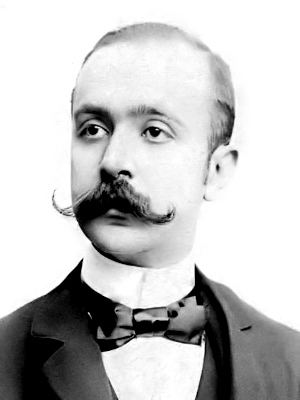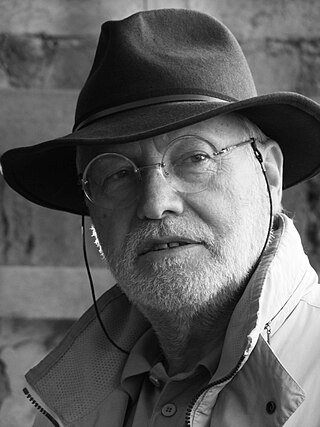
Giuseppe Maria Alberto Giorgio de Chirico was an Italian artist and writer born in Greece. In the years before World War I, he founded the scuola metafisica art movement, which profoundly influenced the surrealists. His best-known works often feature Roman arcades, long shadows, mannequins, trains, and illogical perspective. His imagery reflects his affinity for the philosophy of Arthur Schopenhauer and of Friedrich Nietzsche, and for the mythology of his birthplace.

Achille Bonito Oliva is an Italian art critic and historian of contemporary art. Since 1968 he has taught history of contemporary art at La Sapienza, the university of Rome. He has written extensively on contemporary art and contemporary artists; he originated the term Transavanguardia to describe the new direction taken in the late 1970s by artists such as Sandro Chia, Francesco Clemente, Enzo Cucchi, Nicola De Maria, and Mimmo Paladino. He has organised or curated numerous contemporary art events and exhibitions; in 1993 he was artistic director of the Biennale di Venezia.

Guglielmo Borremans or Guglielmo Fiamingo (1670–1744) was a Flemish painter whose documented career took principally place in Italy, in particular Naples, Cosenza and Sicily. Here he was one of the pre-eminent late-Baroque fresco painters of the first half of the 17th century who received multiple commissions to decorate churches and palaces.

Caterina Davinio is an Italian poet, novelist and new media artist. She is the author of works of digital art, net.art, video art and was the creator of Italian Net-poetry in 1998.

Federico De Roberto was an Italian writer, who became well known for his historical novel I Viceré (1894), translated as The Viceroys.

Fabrice de Nola is an Italian-Belgian artist born in Messina (Sicily) in 1964. He introduced the use of QR codes in oil paintings. In 2006, he created the first oil paintings containing texts and web connections to be used on mobile phones.

Teresa Macrì is an Italian art critic, curator, writer and radio broadcaster.
Paolo Canevari is an Italian contemporary artist. He lives and works in New York City. Canevari presents highly recognizable, commonplace symbols in order to comment on such concept as religion, the urban myths of happiness or the major principles behind creation and destruction.
Şükran Moral is a Turkish artist, best known for her performances, videos and installations. During the 80's and 90's, she wrote poetry and worked as a journalist and art critic in Turkey. Moral currently lives and works in Istanbul and Rome.

Antonio Papasso is an Italian painter and engraver.

Raffaele Armando Califano Mundo was an Italian painter.

Igino Benvenuto Supino was an Italian painter, art critic, and historian.

Michele Tripisciano was an Italian sculptor.

Uemon Ikeda is the professional name of Tatsuo Ikeda, a Japanese artist and painter. Uemon Ikeda lives and works in Rome, Italy.
Giuseppe Veneziano is an Italian painter and one of the leading figures of Italian art groups "New Pop" and "Italian Newbrow".
Luca Pignatelli is an Italian artist.

Roberto Venturoni, was an Italian painter, engraver and sculptor.

Luigi Salvatori, Italian painter of contemporary art.

Augusto De Luca is an Italian photographer specialized in portraits.













